Machine learning
Artificial intelligence
Data science
Web development
Cyber security
Android app development
UI/UX
Cloud Computing
Python Programming
Full stack web development
Java Programming
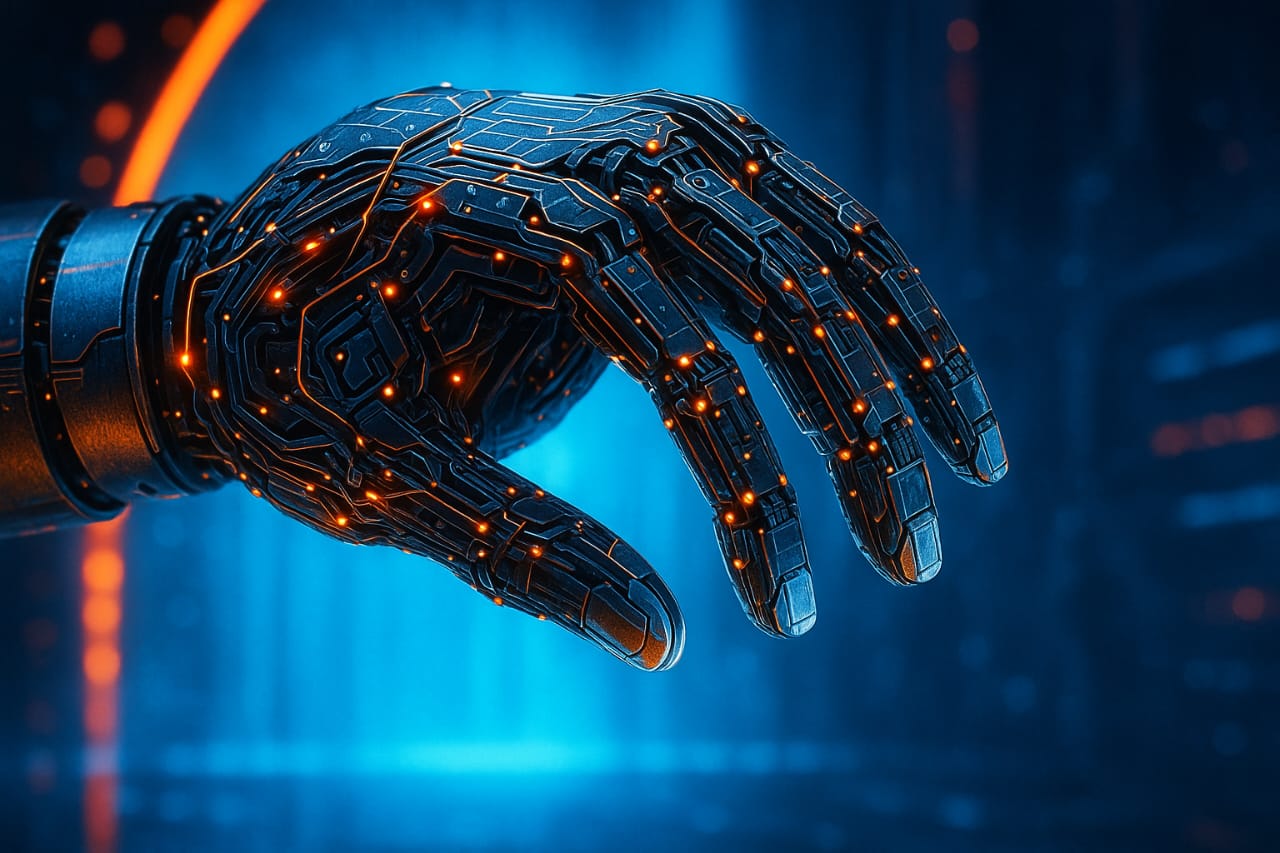
Machine learning is a subset of artificial intelligence that enables systems to learn and improve from experience without being explicitly programmed. It focuses on developing algorithms that can identify patterns in data, make decisions, and adapt over time. Machine learning powers a wide range of modern applications, from recommendation engines and fraud detection to autonomous vehicles and medical diagnostics. Its strength lies in its ability to process vast amounts of data, uncover hidden insights, and make predictions with increasing accuracy. As data continues to grow in volume and complexity, machine learning is becoming an essential tool for solving complex, real-world problems across industries.

Machine learning is a subset of artificial intelligence that enables systems to learn and improve from experience without being explicitly programmed. It focuses on developing algorithms that can identify patterns in data, make decisions, and adapt over time. Machine learning powers a wide range of modern applications, from recommendation engines and fraud detection to autonomous vehicles and medical diagnostics. Its strength lies in its ability to process vast amounts of data, uncover hidden insights, and make predictions with increasing accuracy. As data continues to grow in volume and complexity, machine learning is becoming an essential tool for solving complex, real-world problems across industries.
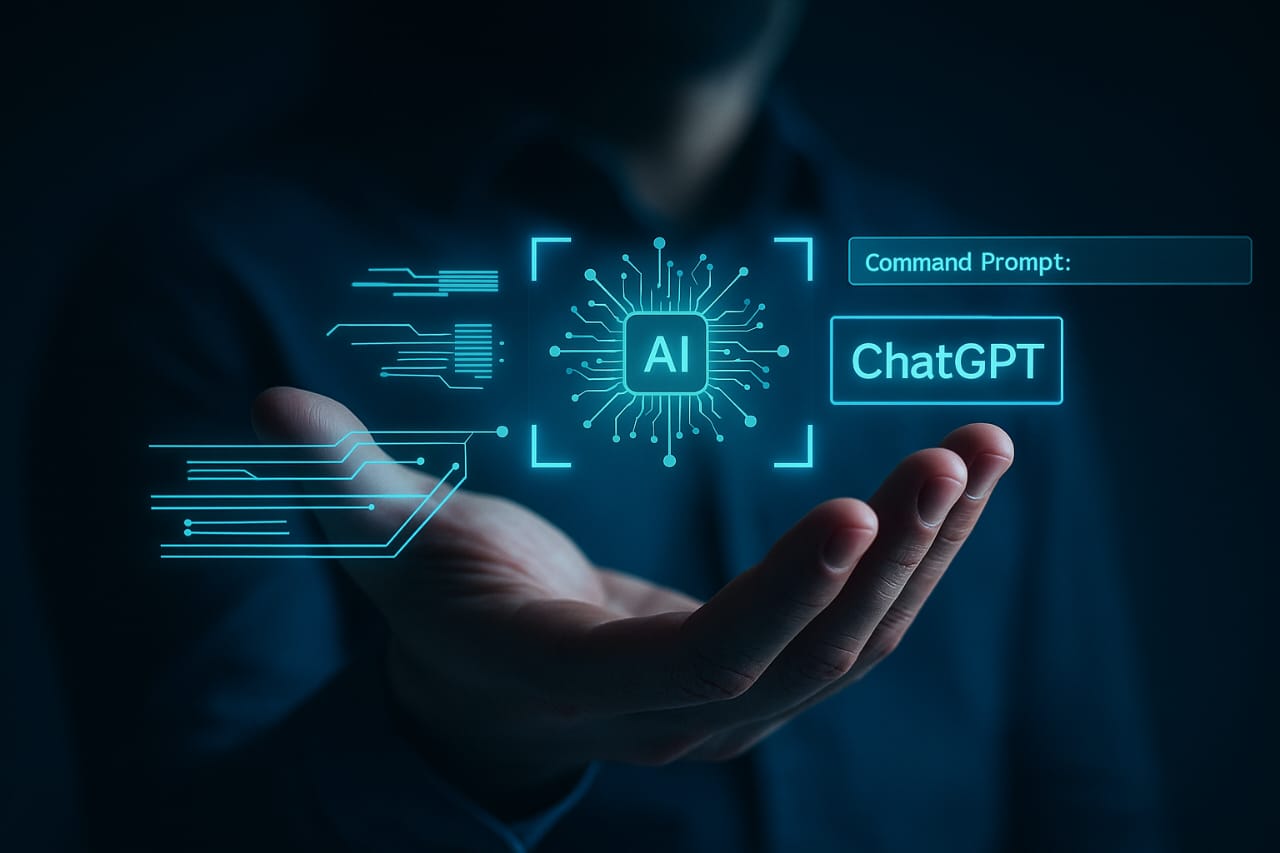
Artificial intelligence (AI) is the field of computer science focused on creating systems capable of performing tasks that typically require human intelligence, such as reasoning, learning, problem-solving, perception, and language understanding. Unlike traditional software, AI systems can analyze data, adapt to new inputs, and improve their performance over time through methods like machine learning, natural language processing, and computer vision. AI is revolutionizing industries by enabling automation, enhancing decision-making, and unlocking new levels of efficiency and innovation. From virtual assistants and predictive analytics to robotics and autonomous systems, AI is reshaping how we work, interact, and solve complex challenges.

Artificial intelligence (AI) is the field of computer science focused on creating systems capable of performing tasks that typically require human intelligence, such as reasoning, learning, problem-solving, perception, and language understanding. Unlike traditional software, AI systems can analyze data, adapt to new inputs, and improve their performance over time through methods like machine learning, natural language processing, and computer vision. AI is revolutionizing industries by enabling automation, enhancing decision-making, and unlocking new levels of efficiency and innovation. From virtual assistants and predictive analytics to robotics and autonomous systems, AI is reshaping how we work, interact, and solve complex challenges.
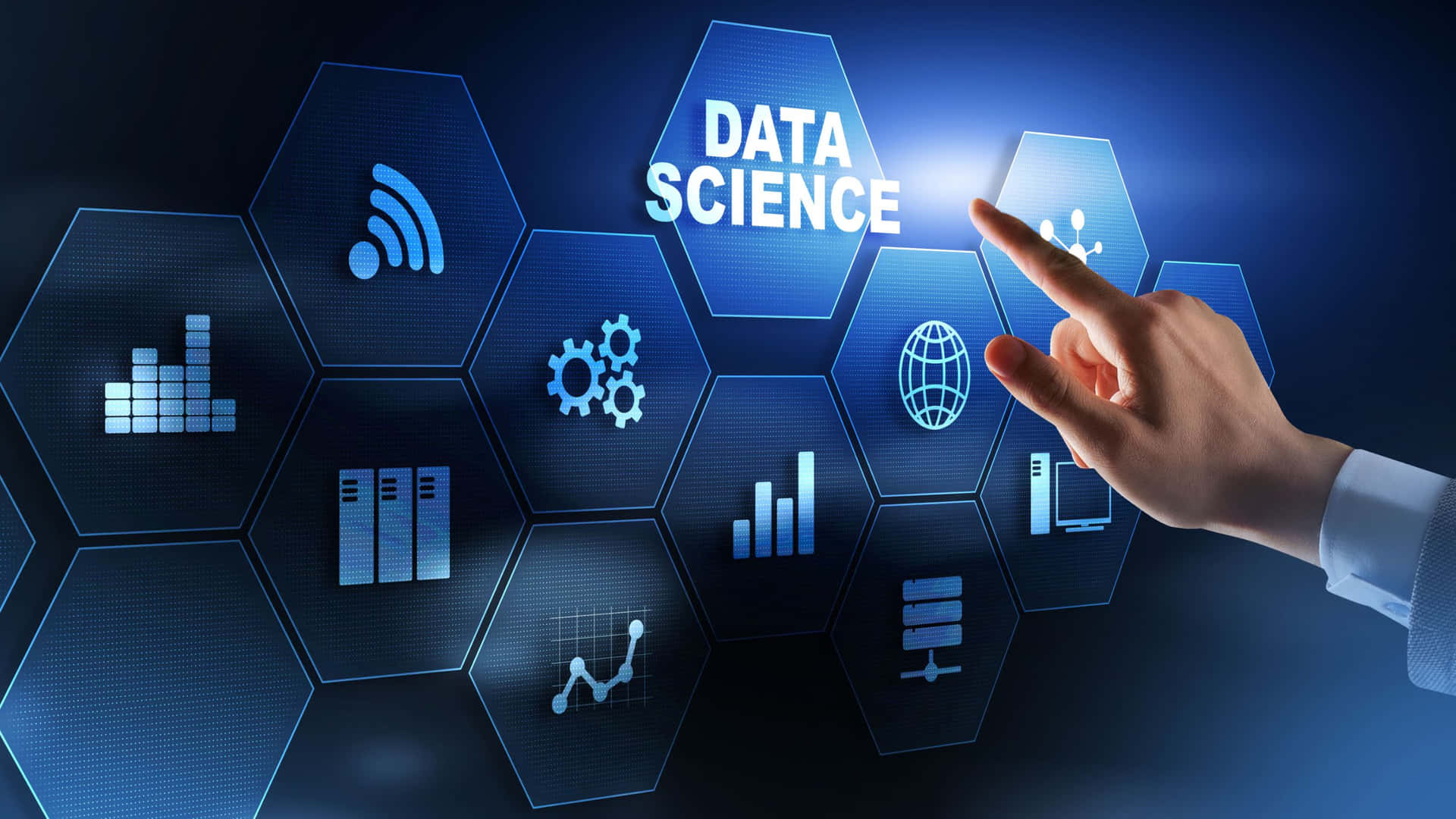
Data science is an interdisciplinary field that combines statistics, computer science, and domain knowledge to extract meaningful insights from structured and unstructured data. It involves processes such as data collection, cleaning, analysis, modeling, and visualization to support decision-making and drive strategic outcomes. By leveraging techniques from machine learning, data mining, and predictive analytics, data science enables organizations to uncover hidden patterns, forecast trends, and optimize operations. As data becomes a critical asset in every sector, data science plays a central role in transforming raw information into actionable intelligence that fuels innovation and competitive advantage.

Data science is an interdisciplinary field that combines statistics, computer science, and domain knowledge to extract meaningful insights from structured and unstructured data. It involves processes such as data collection, cleaning, analysis, modeling, and visualization to support decision-making and drive strategic outcomes. By leveraging techniques from machine learning, data mining, and predictive analytics, data science enables organizations to uncover hidden patterns, forecast trends, and optimize operations. As data becomes a critical asset in every sector, data science plays a central role in transforming raw information into actionable intelligence that fuels innovation and competitive advantage.
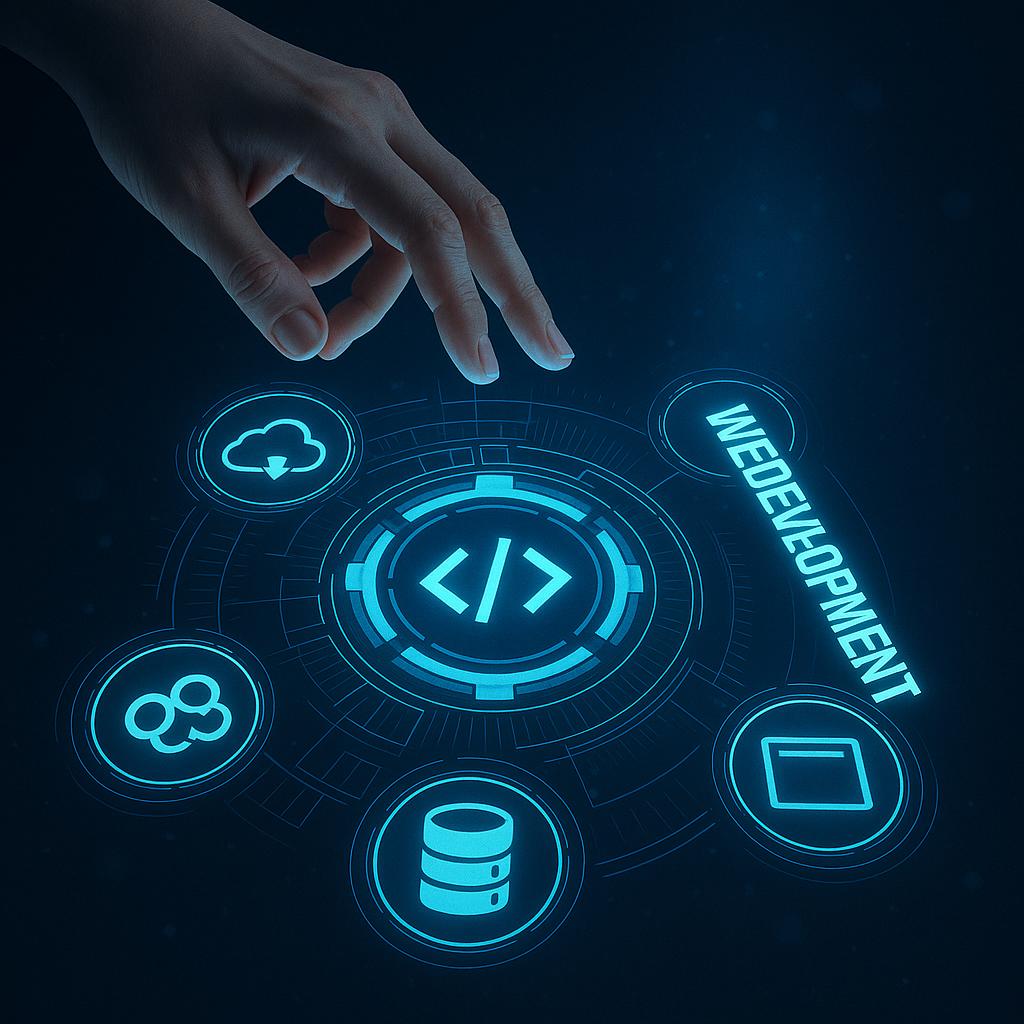
Web development is the process of building and maintaining websites and web applications, encompassing everything from simple static pages to complex, interactive platforms. It involves both front-end development, which focuses on the user interface and experience using technologies like HTML, CSS, and JavaScript, and back-end development, which manages server-side logic, databases, and application functionality using languages such as Python, PHP, or Node.js. A successful web developer must balance performance, security, scalability, and responsiveness to deliver seamless digital experiences. As the demand for online services and digital transformation accelerates, web development remains a critical skill driving innovation and connectivity across industries.

Web development is the process of building and maintaining websites and web applications, encompassing everything from simple static pages to complex, interactive platforms. It involves both front-end development, which focuses on the user interface and experience using technologies like HTML, CSS, and JavaScript, and back-end development, which manages server-side logic, databases, and application functionality using languages such as Python, PHP, or Node.js. A successful web developer must balance performance, security, scalability, and responsiveness to deliver seamless digital experiences. As the demand for online services and digital transformation accelerates, web development remains a critical skill driving innovation and connectivity across industries.

Cybersecurity is the practice of protecting systems, networks, and data from digital attacks, unauthorized access, and damage. It encompasses a broad range of strategies and technologies designed to safeguard information assets, ensure data integrity, and maintain the availability of critical services. As cyber threats become more sophisticated and persistent—ranging from malware and phishing to ransomware and nation-state attacks—cybersecurity has become a top priority for organizations across all sectors. Effective cybersecurity involves proactive risk assessment, robust defense mechanisms, incident response planning, and continuous monitoring. In an increasingly connected world, strong cybersecurity is essential not only for protecting sensitive data but also for preserving trust, compliance, and operational continuity.

Cybersecurity is the practice of protecting systems, networks, and data from digital attacks, unauthorized access, and damage. It encompasses a broad range of strategies and technologies designed to safeguard information assets, ensure data integrity, and maintain the availability of critical services. As cyber threats become more sophisticated and persistent—ranging from malware and phishing to ransomware and nation-state attacks—cybersecurity has become a top priority for organizations across all sectors. Effective cybersecurity involves proactive risk assessment, robust defense mechanisms, incident response planning, and continuous monitoring. In an increasingly connected world, strong cybersecurity is essential not only for protecting sensitive data but also for preserving trust, compliance, and operational continuity.
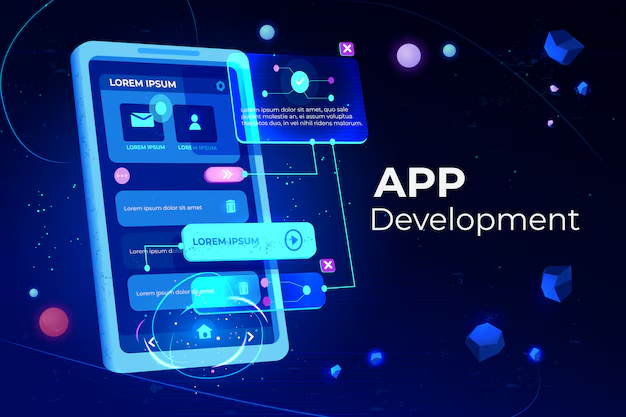
Android app development is the process of creating software applications that run on devices powered by the Android operating system, which holds the largest global market share among mobile platforms. It involves using tools like Android Studio and programming languages such as Java or Kotlin to design, build, test, and deploy applications. Developers must consider factors such as performance, user experience, compatibility across diverse devices, and integration with native Android features. With the vast reach of Android across smartphones, tablets, TVs, and wearables, Android app development offers significant opportunities for innovation, user engagement, and business growth in both consumer and enterprise markets.

Android app development is the process of creating software applications that run on devices powered by the Android operating system, which holds the largest global market share among mobile platforms. It involves using tools like Android Studio and programming languages such as Java or Kotlin to design, build, test, and deploy applications. Developers must consider factors such as performance, user experience, compatibility across diverse devices, and integration with native Android features. With the vast reach of Android across smartphones, tablets, TVs, and wearables, Android app development offers significant opportunities for innovation, user engagement, and business growth in both consumer and enterprise markets.

UI/UX design focuses on enhancing user interaction and satisfaction by improving the usability, accessibility, and overall experience of digital products. UI (User Interface) design deals with the visual elements—layout, colors, typography, and interactive components—ensuring that users can navigate and interact with the product seamlessly. UX (User Experience) design, on the other hand, addresses the user's journey, emphasizing functionality, efficiency, and emotional engagement. Together, UI/UX play a critical role in shaping how users perceive and use applications, directly impacting customer retention, brand reputation, and business success. In today’s competitive digital landscape, effective UI/UX design is not just an advantage—it’s a necessity.

UI/UX design focuses on enhancing user interaction and satisfaction by improving the usability, accessibility, and overall experience of digital products. UI (User Interface) design deals with the visual elements—layout, colors, typography, and interactive components—ensuring that users can navigate and interact with the product seamlessly. UX (User Experience) design, on the other hand, addresses the user's journey, emphasizing functionality, efficiency, and emotional engagement. Together, UI/UX play a critical role in shaping how users perceive and use applications, directly impacting customer retention, brand reputation, and business success. In today’s competitive digital landscape, effective UI/UX design is not just an advantage—it’s a necessity.

Cloud computing is the delivery of computing services—including servers, storage, databases, networking, software, and analytics—over the internet, offering flexible resources, scalability, and cost efficiency. Instead of maintaining physical infrastructure, organizations can access powerful computing capabilities on demand through providers like Amazon Web Services (AWS), Microsoft Azure, and Google Cloud. Cloud computing supports various models such as Infrastructure as a Service (IaaS), Platform as a Service (PaaS), and Software as a Service (SaaS), enabling faster innovation, streamlined operations, and global collaboration. As digital transformation accelerates, cloud computing has become a foundational technology for modern businesses, enabling agility, resilience, and competitive advantage.

Cloud computing is the delivery of computing services—including servers, storage, databases, networking, software, and analytics—over the internet, offering flexible resources, scalability, and cost efficiency. Instead of maintaining physical infrastructure, organizations can access powerful computing capabilities on demand through providers like Amazon Web Services (AWS), Microsoft Azure, and Google Cloud. Cloud computing supports various models such as Infrastructure as a Service (IaaS), Platform as a Service (PaaS), and Software as a Service (SaaS), enabling faster innovation, streamlined operations, and global collaboration. As digital transformation accelerates, cloud computing has become a foundational technology for modern businesses, enabling agility, resilience, and competitive advantage.
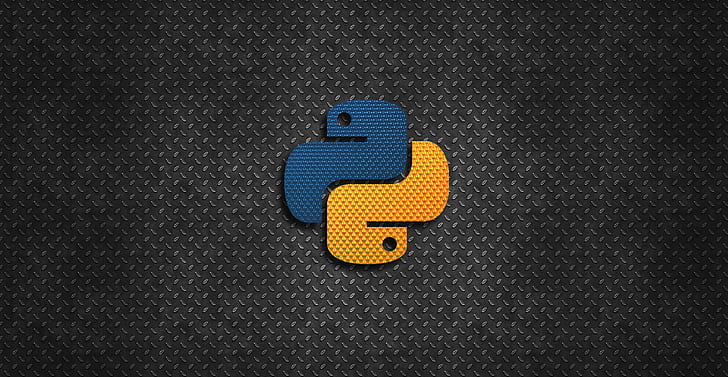
Python programming refers to the practice of writing code in the Python language, which is known for its simplicity and readability. It is a high-level, interpreted language used for a variety of purposes, from web development to data analysis, automation, artificial intelligence, and more.

Python programming refers to the practice of writing code in the Python language, which is known for its simplicity and readability. It is a high-level, interpreted language used for a variety of purposes, from web development to data analysis, automation, artificial intelligence, and more.

Full stack web development refers to the end-to-end process of developing both the front-end (client side) and back-end (server side) of a web application. A full stack developer is proficient in a range of technologies, including HTML, CSS, and JavaScript for the front-end, as well as server-side languages like Node.js, Python, Java, or PHP, and database systems such as MySQL, PostgreSQL, or MongoDB. This role demands a strong grasp of system architecture, API integration, and deployment pipelines, enabling developers to build scalable, maintainable, and responsive web applications from the ground up. Full stack development is highly valued in today’s tech industry due to its versatility and the ability to streamline project workflows, reduce development costs, and accelerate time to market.

Full stack web development refers to the end-to-end process of developing both the front-end (client side) and back-end (server side) of a web application. A full stack developer is proficient in a range of technologies, including HTML, CSS, and JavaScript for the front-end, as well as server-side languages like Node.js, Python, Java, or PHP, and database systems such as MySQL, PostgreSQL, or MongoDB. This role demands a strong grasp of system architecture, API integration, and deployment pipelines, enabling developers to build scalable, maintainable, and responsive web applications from the ground up. Full stack development is highly valued in today’s tech industry due to its versatility and the ability to streamline project workflows, reduce development costs, and accelerate time to market.

Java is a powerful, object-oriented programming language widely used for building robust, scalable, and platform-independent applications. Known for its "write once, run anywhere" capability, Java applications are compiled into bytecode that runs on the Java Virtual Machine (JVM), making it ideal for cross-platform development. It is extensively used in enterprise software, Android app development, backend systems, and large-scale web applications due to its reliability, extensive libraries, and strong community support. Java promotes clean code architecture through principles like encapsulation, inheritance, and polymorphism, which enhance maintainability and scalability. Its mature ecosystem, including frameworks like Spring and Hibernate, makes it a top choice for developers aiming to build secure, high-performance applications.

Java is a powerful, object-oriented programming language widely used for building robust, scalable, and platform-independent applications. Known for its "write once, run anywhere" capability, Java applications are compiled into bytecode that runs on the Java Virtual Machine (JVM), making it ideal for cross-platform development. It is extensively used in enterprise software, Android app development, backend systems, and large-scale web applications due to its reliability, extensive libraries, and strong community support. Java promotes clean code architecture through principles like encapsulation, inheritance, and polymorphism, which enhance maintainability and scalability. Its mature ecosystem, including frameworks like Spring and Hibernate, makes it a top choice for developers aiming to build secure, high-performance applications.
At Teachnook, we offer students a structure of learning that helps them
Register with us
You will get a call from one of our senior executives.
Provide the required information
Pay the course fee
Kudos! You have access to the course modules.

Frequently Asked Questions (FAQS)
Visit our FAQ section for prompt responses to frequently asked questions. If you are unable to locate the information you need, please feel free to contact us.
Gradmantra is an online learning platform offering a wide range of courses designed to equip students and professionals with industry-relevant skills. We provide structured learning paths, expert-led video lectures, hands-on projects, and certification options.
Our instructors are verified industry experts, university professors, and certified professionals with proven experience in their respective domains. Each instructor undergoes a strict vetting process before being approved to teach.
Most of our courses are self-paced, allowing you to learn at your convenience. Some programs, especially bootcamps or certification paths, may have fixed schedules or live sessions.
Yes, upon successful completion of a course and meeting the assessment requirements, you will receive a verifiable digital certificate from Gradmantra.
Yes. Once enrolled, you have lifetime access to the course content, including updates, unless stated otherwise.
Learners have access to email and chat support, a community discussion forum, and in some courses, live mentor sessions. Our goal is to ensure you're never stuck without help.
Gradmantra collaborates with several academic institutions and industry partners. While we are not a degree-granting institution, our certifications are recognized by various employers and serve as a credible addition to your resume or LinkedIn profile.